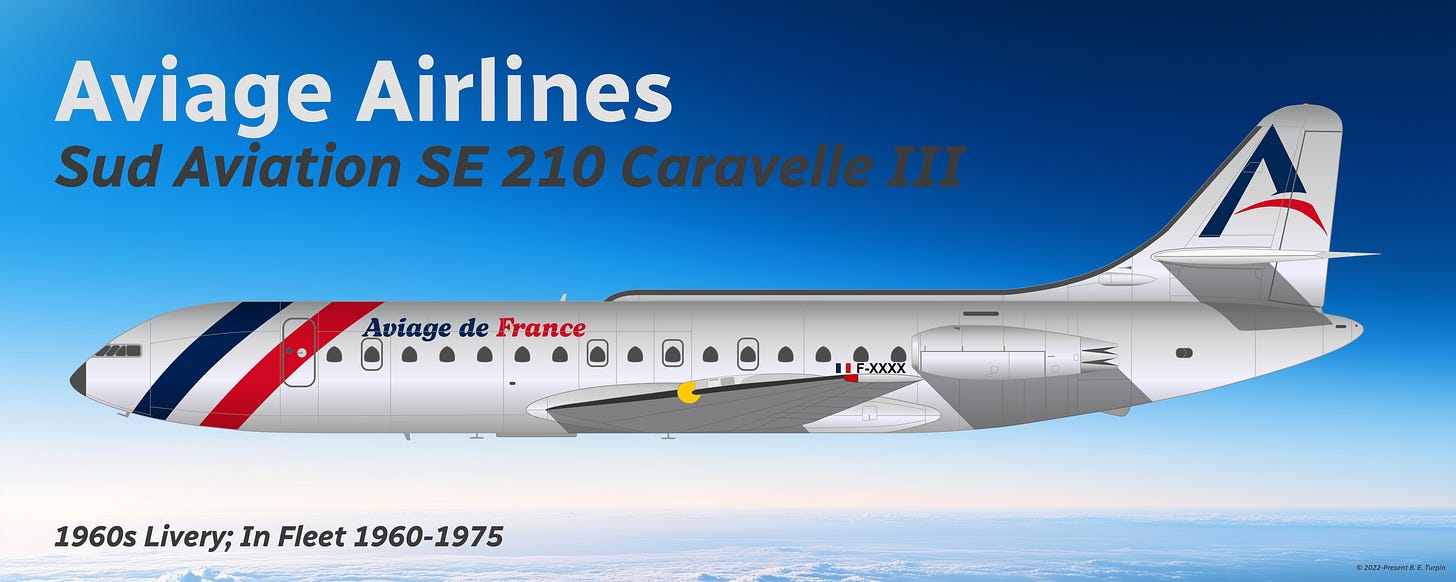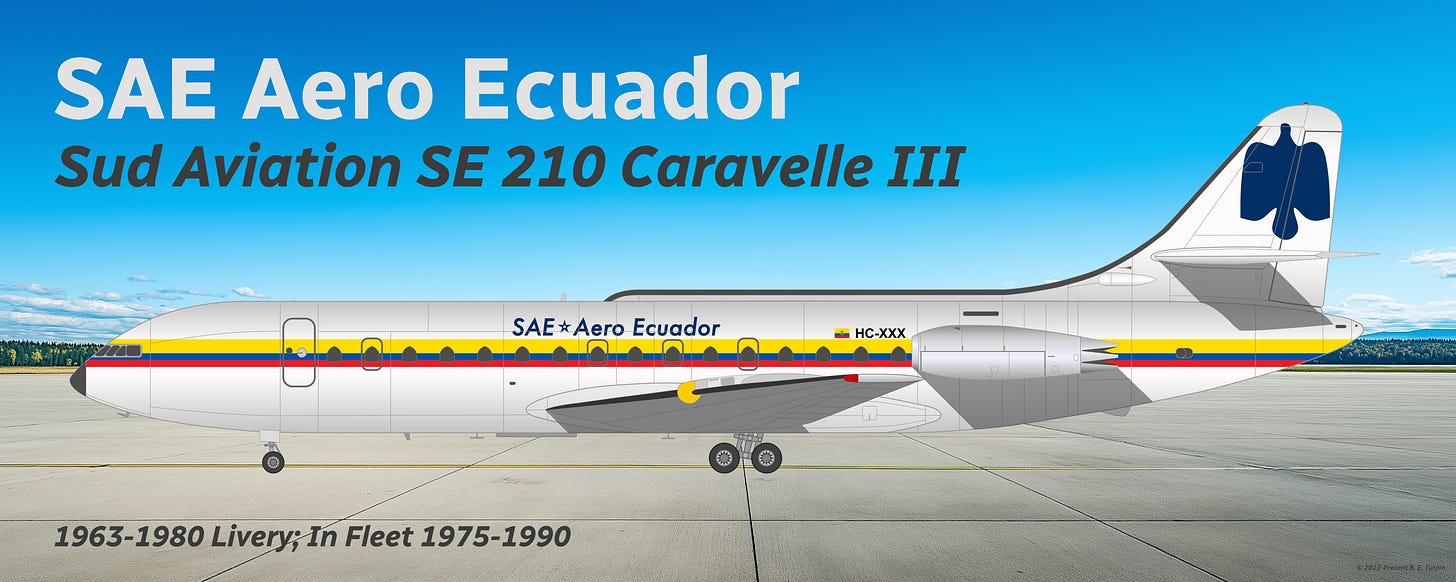Aircraft / Sud Aviation SE 210 Caravelle

JStream Original Aircraft Template
The Sud Aviation SE 210 Caravelle, more commonly known as the Sud Aviation Caravelle or simply the Caravelle, is a five-abreast, short to medium range twin-jet narrowbody airliner produced by the French aircraft manufacturer Sud Aviation. Headquartered in Toulouse, France, Sud Aviation was merged into Aérospatiale in 1970, which in turn eventually evolved into the multinational aerospace corporation now known as Airbus SE.

The Caravelle was a member of the first generation of jet propulsion passenger aircraft. It was originally developed by one of Sud Aviation’s predecessor companies, SNCASE, during the early 1950s. SNCASE incorporated some designs and components previously developed for the de Havilland DH.106 Comet. SNCASE was merged into the Sud Aviation conglomerate in 1957, and the aircraft entered active service in 1959.

Production of the Caravelle ended in 1972 with 282 units built in 9 variants during its production lifespan, 2/3rds of which were model III or model VI variants. The Caravelle was used by several dozen airlines to fly passengers and/or cargo across every continent until its eventual retirement in 2005. Several Caravelles have since been placed on static display around the world.
Source: Wikipedia
Stats
Stats displayed are for the Sud Aviation SE 210 Caravelle III twin-engine jet airliner.
Name: Sud Aviation SE 210 Caravelle III
Final Assembly Site: Toulouse, France
Role: Twin Engine Short to Medium Range Jet Airliner
First Introduction: 26 April 1959
Status: Out of Production; On Static Display Only
Cockpit Crew: 2 or 3
Capacity: 80 (up to 140 on the stretch version Caravelle 12)
Engines: 2 x Rolls-Royce Avon RA-29 Mk.527
Cruise Speed: 403–456 knots (746–845 km/h; 464-525 mph)
Range: 1350 nmi (2500 km; 1554 miles)



